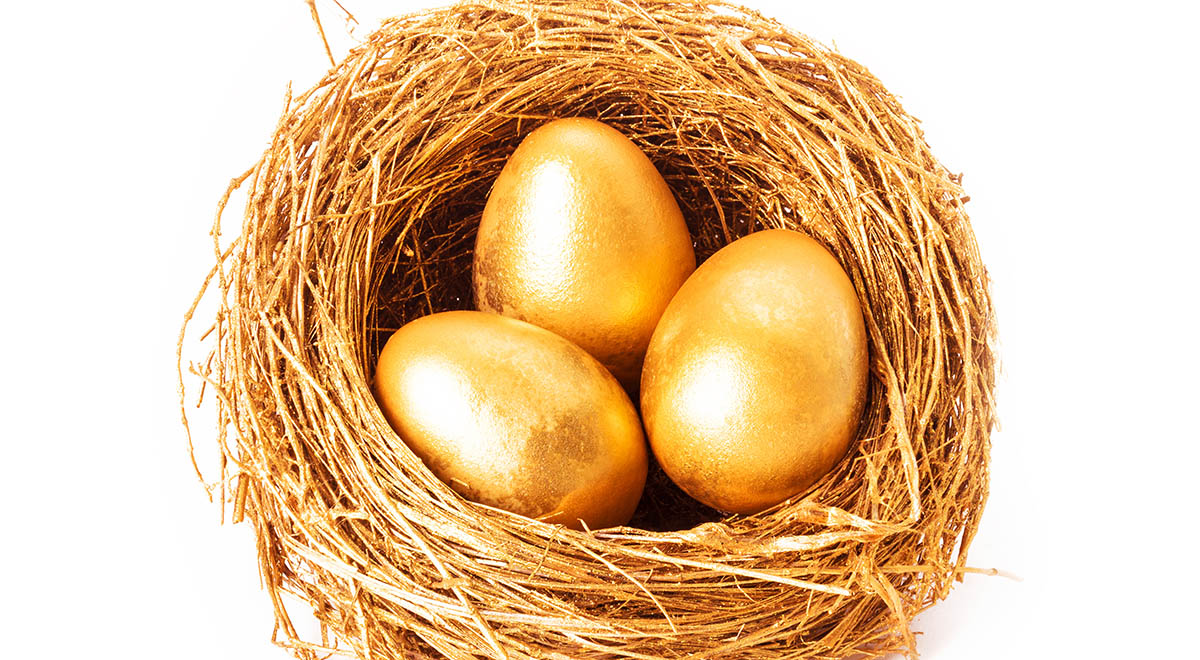Why you need to spread your money around
Diversification can be your investments' best friend
Advertisement
Diversification can be your investments' best friend

Share this article Share on Facebook Share on Twitter Share on Linkedin Share on Reddit Share on Email